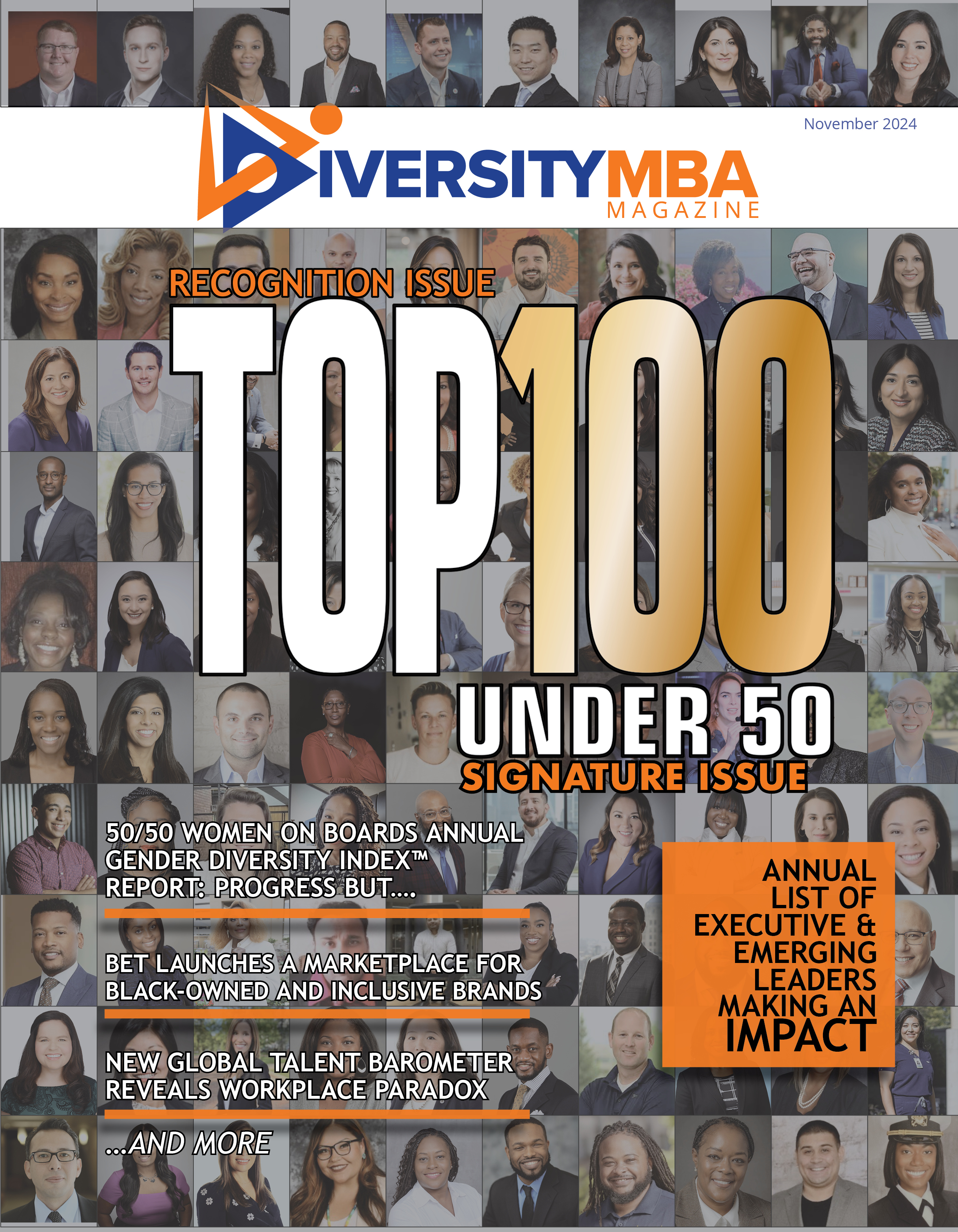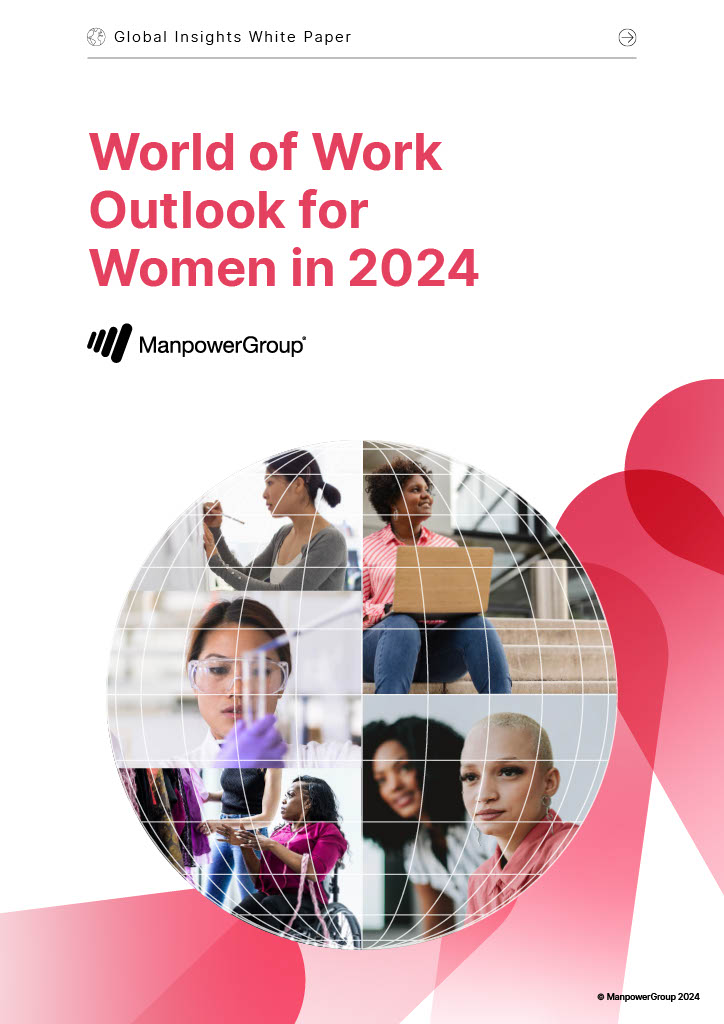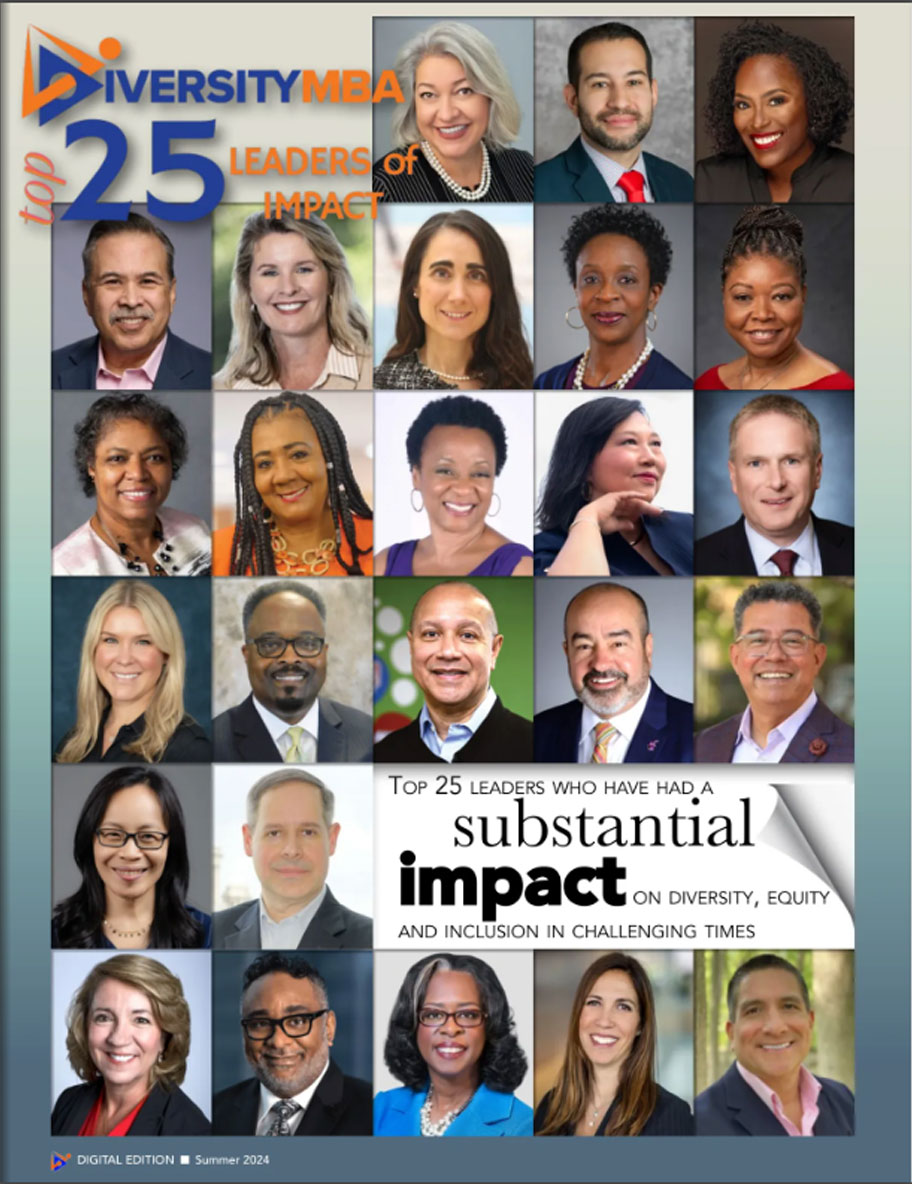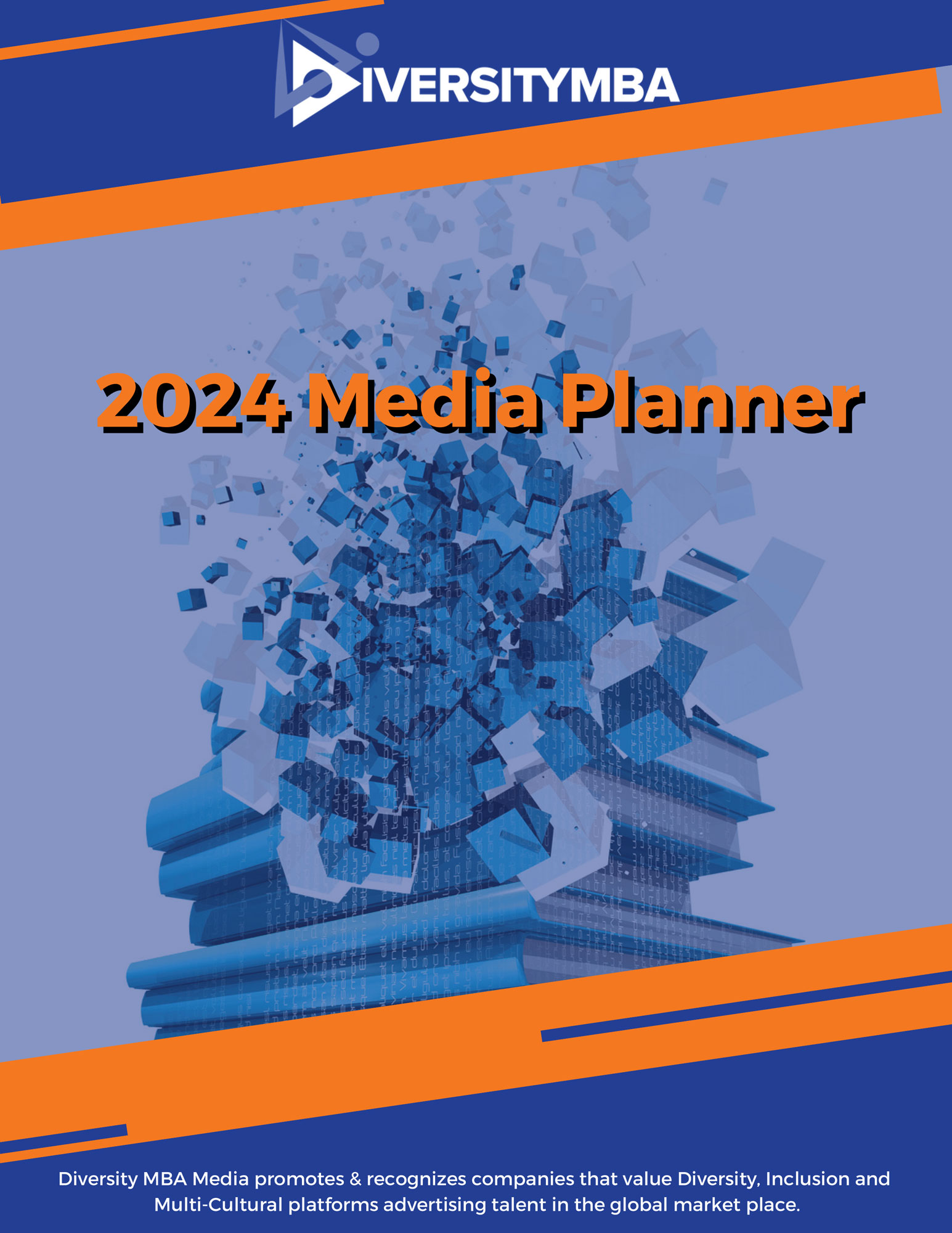By Catherine Andrews
People of color (POC) have long faced systemic hurdles to success across industries — and the financial sector is far from an exception. In fact, less than 3.5 percent of all 80,000 Certified Financial Planners (CFPs) are POC. This alarming statistic means that only 2,800 people out of 80,000 are blacks and Latinos; numbers that highlight a stark racial divide in the world of financial planning.
Despite the promising progress America has made in the last decade to move forward and give POC better platforms and opportunities, there is still a long way to go in the financial planning industry. These numbers stem from a variety of causes, none of which are straightforward.
One glaring area that needs improvement is the lack of financial literacy among POC. Financial literacy is the ability to understand how money works and make informed financial decisions. From the get-go, the country’s education system is notorious for being unable to teach financial literacy to students across the country. In fact, a survey published earlier this year found that some 63 percent of Americans couldn’t pass a financial literacy quiz, while high school graduates from a total of 27 states were unable to finish K12 with adequate financial literacy.
Combine these statistics with how POC students have long been underserved in public school districts, and you can already see how POC are the most affected even decades after they finish school. The Huffington Post reports that African Americans have higher debt delinquencies along with comparatively low savings. POC are often forced to use expendable income to help their children or to clear debts, or prefer to give it to their church, instead of saving for their future.
Therefore, addressing these needs is vital to help the future generations of POC across America grow, and there are plenty of ways to do it. It’s just difficult to get the ball rolling. Starting with the education system, high schools should start actively offering classes on financial literacy, which will help encourage students to take care of themselves and potentially map out a future in financial planning.
There are actually many opportunities in the financial industry available to POC. Maryville University’s report on the industry found that graduates can work in a variety of fields — from mortgage services and bank operations to portfolio management positions and personal advising. Encouraging young POC to reach for these positions (should they desire to) is beneficial and can help bridge the gap, as a report from the 2018 DMBA Index reveals a disparity between white Americans and POC in leadership and management roles.
Acquiring ample financial knowledge is not the only issue here, nor does it solve other invisible barriers in the financial industry. The lack of black and Latino CFPs can also be attributed to the subtle discrimination still present in the industry. In their interviews with black and Latino CFPs, the Center for Financial Planning found that companies are still reluctant to hire POC due to misconceptions about “cultural fit” and institutional racism.
For current black and Latino CFPs, spreading financial literacy is hard. Their position is difficult not only because they have to communicate the importance of diversity in the finance industry, but also because they have to develop and build trust between POC and the largely white financial industry. POC Author and CFP Eugenié George highlights the historical barriers of minorities’ financial situation; many have gone through generations of poor financial management and neglect.
But, at the end of the day, it may be invisible barriers that hold POC back in the finance industry – and POC should just not accept such barriers. Along with advocating change in the management and industry levels, it’s important for POC to have the courage to keep plowing on and encourage the people around us to do so, too.
Catherine Andrews is a financial expert who specializes in financial literacy education. When she’s not studying trends in forex market movements, she spends her time annoying Buzz, her Siamese cat.









